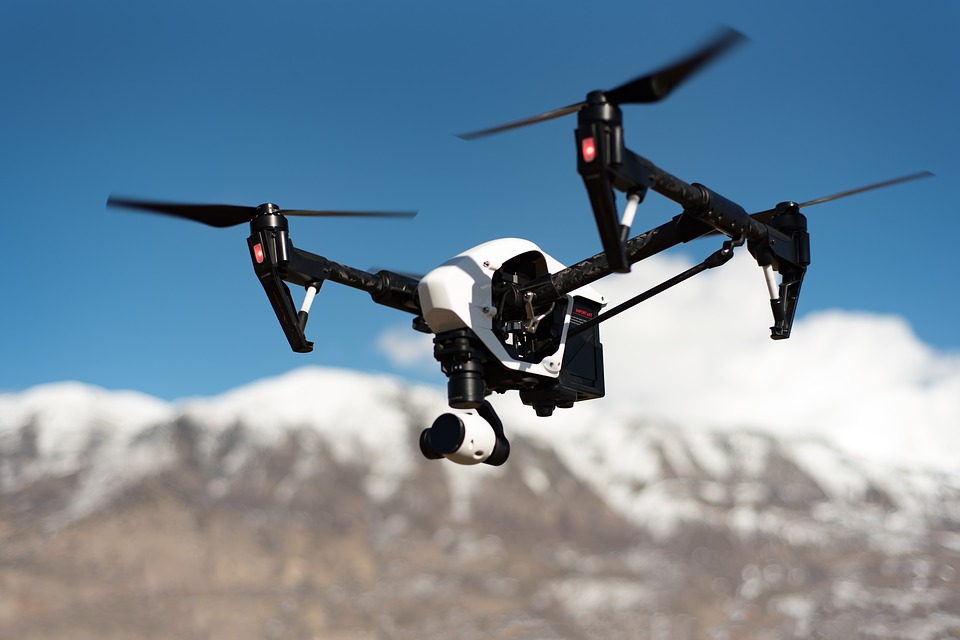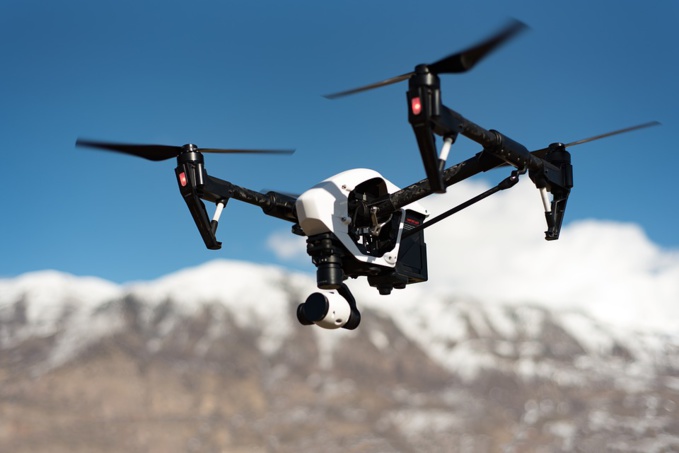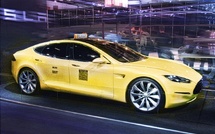Trained birds
For the first time this method was proposed and implemented by the Dutch police. This solution is interesting in that absolutely non-technological live birds of prey are used to fight high-tech flyers. The police trained the eagles to rush at the "hostile" drones and grab the propeller with their claws, which instantly disables the device. At the same time trainers assured that eagles perceive drones as prey, and therefore do not attack other birds or people when there is a need to release them. In addition, the eagles do not need an operator who will control their work as the predator has enough of his hunting instinct to bring down the drone.
At the end of 2017, it became known that the Netherlands decided to abandon the program due to the high cost and complexity of the eagle training. The USA, however, became interested in this experiment and began to study habits and hunting tactics of other winged predators, falcons. The US Army believes that the data collected will help develop a defense system against drones, which will also effectively deal with flying targets.
Stunned drone
Another more technologically advanced way to combat drones is use of anti-radars, or "jammers". Such devices interfere with radio frequencies and disrupt connection between a drone and its operator.
As a result, the drone either loses control and falls, or the basic settings are turned on and it returns back to the base. According to the BBC, Quantum Aviation used this technology to counter potential threats during the 2012 London Olympics.
Smooth landing
One of the most obvious ways to deal with a drone is to knock it out. However, during the crisis in Gatwick, the police refused to resort to this method, fearing a rebound from the bullets.
Some companies took into account such risks and released special guns that are conveniently located on the shoulder. They shoot with nets that entangle propeller blades and prevent them from spinning, which is why the aircraft swoops down. A British startup has developed a sort of bazooka, which also shoots a net with a miniature parachute, preventing the drone from crashing when hit with the ground. This bazooka was adopted by the special services in many countries of Europe, Asia and North America.
Laser attack
Governments also use lasers to fight against drones. The USA and China, for instance, are developing weapons that could knock down a drone within a few seconds after its detection.
Boeing already has a ready-made solution, which is a powerful energy beam that recognizes and destroys an aircraft a few miles from the shooter. The laser destroys the plastic shell of the drone, which causes it to fall. It is reported that such devices are equipped with infrared cameras, which allow working in conditions of poor visibility, for example, in thick fog.
Fear of punishment
Many countries have restrictions for flying drones near infrastructure, such as airports. In such cases, the drone operator is obliged to notify the air traffic controllers about the flight. However, approaching the airport more than a kilometer is strictly prohibited and considered an offense. So if the drone operators in Gatwick are caught, they face up to five years in prison.
In addition, in 15 countries around the world there is a total ban on civilian use of UAVs. This list includes Iran, Iraq, Kyrgyzstan, Morocco, Saudi Arabia, Syria, etc.
source: theguardian.com
For the first time this method was proposed and implemented by the Dutch police. This solution is interesting in that absolutely non-technological live birds of prey are used to fight high-tech flyers. The police trained the eagles to rush at the "hostile" drones and grab the propeller with their claws, which instantly disables the device. At the same time trainers assured that eagles perceive drones as prey, and therefore do not attack other birds or people when there is a need to release them. In addition, the eagles do not need an operator who will control their work as the predator has enough of his hunting instinct to bring down the drone.
At the end of 2017, it became known that the Netherlands decided to abandon the program due to the high cost and complexity of the eagle training. The USA, however, became interested in this experiment and began to study habits and hunting tactics of other winged predators, falcons. The US Army believes that the data collected will help develop a defense system against drones, which will also effectively deal with flying targets.
Stunned drone
Another more technologically advanced way to combat drones is use of anti-radars, or "jammers". Such devices interfere with radio frequencies and disrupt connection between a drone and its operator.
As a result, the drone either loses control and falls, or the basic settings are turned on and it returns back to the base. According to the BBC, Quantum Aviation used this technology to counter potential threats during the 2012 London Olympics.
Smooth landing
One of the most obvious ways to deal with a drone is to knock it out. However, during the crisis in Gatwick, the police refused to resort to this method, fearing a rebound from the bullets.
Some companies took into account such risks and released special guns that are conveniently located on the shoulder. They shoot with nets that entangle propeller blades and prevent them from spinning, which is why the aircraft swoops down. A British startup has developed a sort of bazooka, which also shoots a net with a miniature parachute, preventing the drone from crashing when hit with the ground. This bazooka was adopted by the special services in many countries of Europe, Asia and North America.
Laser attack
Governments also use lasers to fight against drones. The USA and China, for instance, are developing weapons that could knock down a drone within a few seconds after its detection.
Boeing already has a ready-made solution, which is a powerful energy beam that recognizes and destroys an aircraft a few miles from the shooter. The laser destroys the plastic shell of the drone, which causes it to fall. It is reported that such devices are equipped with infrared cameras, which allow working in conditions of poor visibility, for example, in thick fog.
Fear of punishment
Many countries have restrictions for flying drones near infrastructure, such as airports. In such cases, the drone operator is obliged to notify the air traffic controllers about the flight. However, approaching the airport more than a kilometer is strictly prohibited and considered an offense. So if the drone operators in Gatwick are caught, they face up to five years in prison.
In addition, in 15 countries around the world there is a total ban on civilian use of UAVs. This list includes Iran, Iraq, Kyrgyzstan, Morocco, Saudi Arabia, Syria, etc.
source: theguardian.com



















